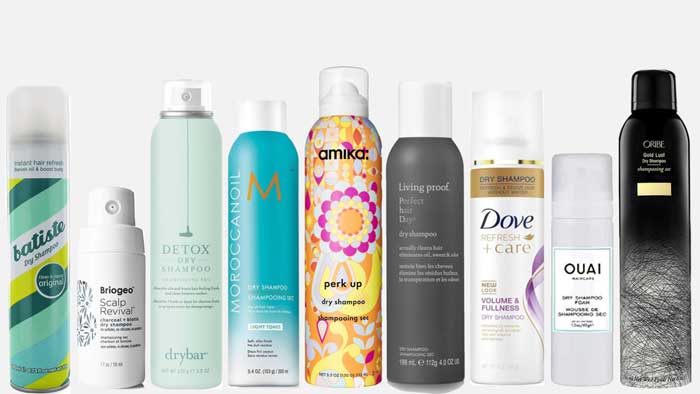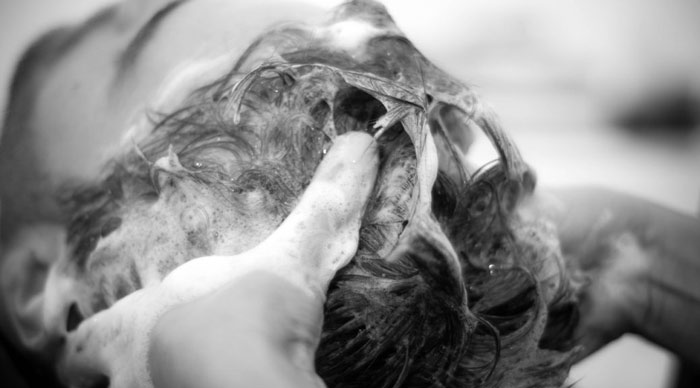Many do not imagine their life without dry shampoo at all – this is how an express cleanser for the head and volume helps them. But do we all know how to use the product correctly?
We completely replace ordinary shampoo with dry shampoo
Dry shampoos are absorbent products, so their main task is to absorb the excess skin secretion. This creates the effect of “clean” hair. Nevertheless, this is only a freshness effect, such a tool does not replace cleansing. Moreover, after a day spent with dry shampoo on your hair, it is better to wash your hair and skin with plain shampoo. All this leads to itching, peeling and subsequently problems with hair growth.
We do not know how to use dry shampoo
Do not try to spray dry shampoo along the entire length of the hair, it should be applied only to the roots. Again, do not try to achieve freshness of the hair due to the amount of dry shampoo. It is important to maintain balance rather than spray half a bottle on the hair.
We do not use additional care products
Despite the large number of pluses, dry shampoo dries the scalp and hair. Therefore, when using it, be sure to include additional nutrition for the hair in the beauty program. For example, nourishing masks and indelible sprays.
We apply dry shampoo to wet hair
Although each label has instructions for use, which clearly recommend “to apply the product on dry hair” (shampoo is also dry, by the way, which does not require water), there is a temptation or habit to use it on wet hair. But this is definitely not worth doing: applied to wet hair, it will make it even more dirty, and the styling – more messy.
We apply dry shampoo every day
The problem is close to that described above. Dry shampoo is rather an express means for refreshing, styling, and its volume. It is better to use the product before important events and while traveling.
If you apply dry shampoo, wash your hair twice. According to the exposure effect, dry shampoo can be compared with a foundation for the face, after which the skin requires deep cleansing.


